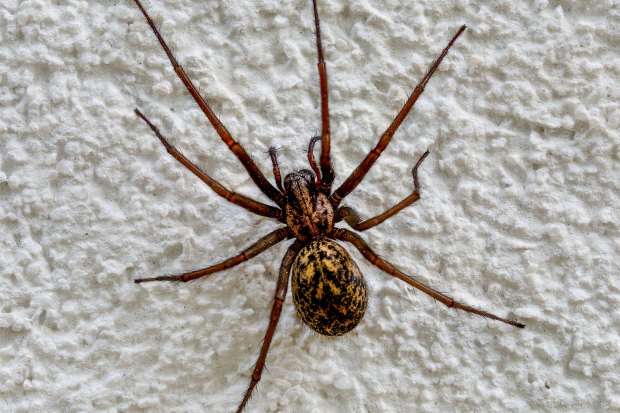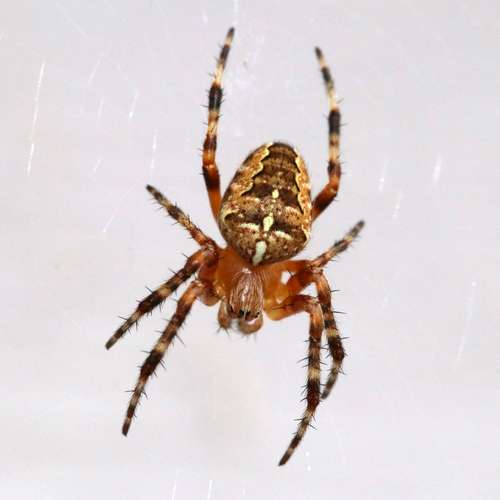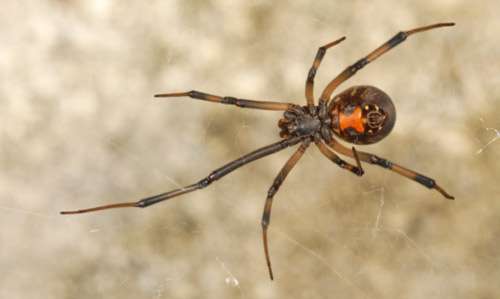
Eratigena atrica, the scientific term for the enormous house spider, has been used for either one species or three species of the spider. E. Atrica along with E. saeva. The World Spider Catalog adopted the three species view as of April 2020. They rank among Central and Northern Europe’s biggest spiders. In the past, they belonged to the genus Tegenaria. As the sole species, Eratigena atrica, they were transferred to the new genus Eratigena in 2013. The three distinct species were recovered in 2018. These species are not dangerous to humans or pets when they bite, and they typically avoid biting in favor of hiding or running away.
Appearance
- On the front of the Giant House Spider’s body, there are three darker bands, and on the back, there is one light band with six spots on either side of it.
- They have four separate sets of long, hairy, spiky legs. They are known as Giant House Spiders because of their enormous limb spans. Their legs are essentially the same size as their entire bodies. Males’ leg spans vary, whilst females’ can spread up to 1.8 inches. The length can vary from 0.98 inches to 2.9 inches!
- Eight eyes, placed in two rows, are present. Although they are all the same size, they are not as useful as the eyes of other animals. They can only distinguish between day and night since their eyes only have a small number of visual cells.
Habitat
Northern Africa, Central Asia, and Europe are all home to E. atrica. Due to human activity, it was unintentionally introduced to the Pacific Northwest of North America around 1900, and its population has steadily grown over the past century. The spider has recently been discovered in a number of European nations, including Estonia, Latvia, and Lithuania, where it had not previously been reported. It is listed in the checklist of spider species for Denmark, and it is also present in Iceland. Although the giant house spider is a frequent spider in homes, its natural environment is primarily arid woodlands or caves where it can be found hiding behind rocks.
Diet
A carnivore, the giant house spider. It consumes a variety of insects, but if it is in the wild, it may also devour small birds. The Giant House Spider spends the most of its life either waiting for its victim or mating. They have the capacity to live for several months without food or water. They consume small birds, invertebrates, and insects like crickets, flies, and moths.

Lifespan
Although E. atrica typically has a lifespan of two to three years, lifespans of up to six years have been recorded. Males frequently travel around homes in the late summer and early fall in search of a mate, whereas females only leave their nest to feed. Males can be seen all year, whereas adult females are present from July to October.
Bite
The spider, like the majority of spiders, has venom to control its victim. Although E. atrica spiders won’t bite unless provoked, occasionally their bites can penetrate human skin, so agatoxin effects may be felt by bite victims.
Table





